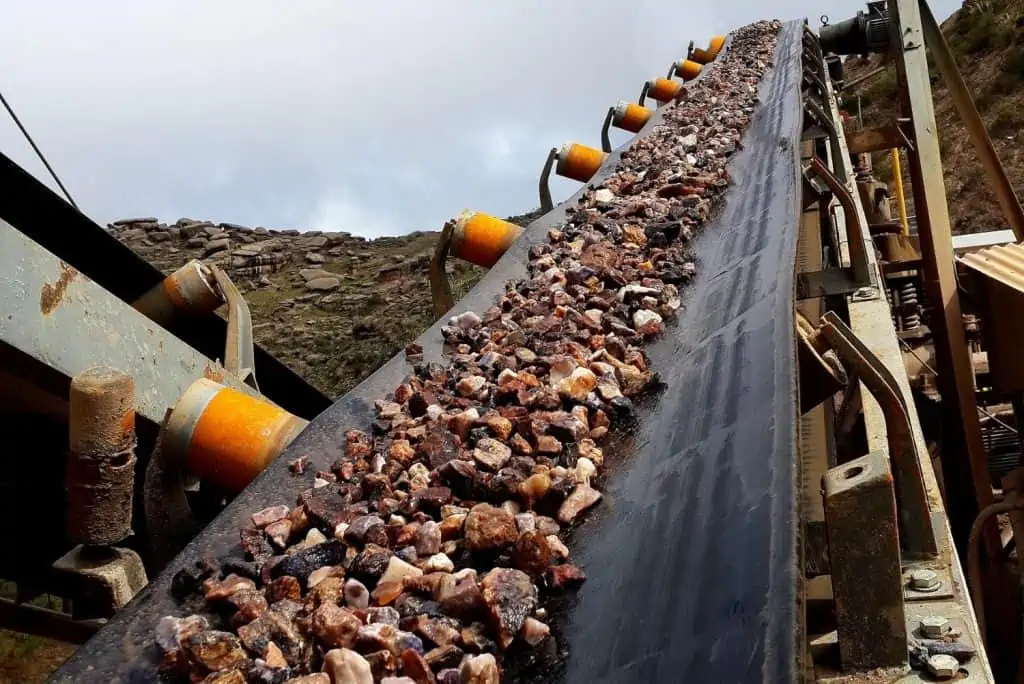
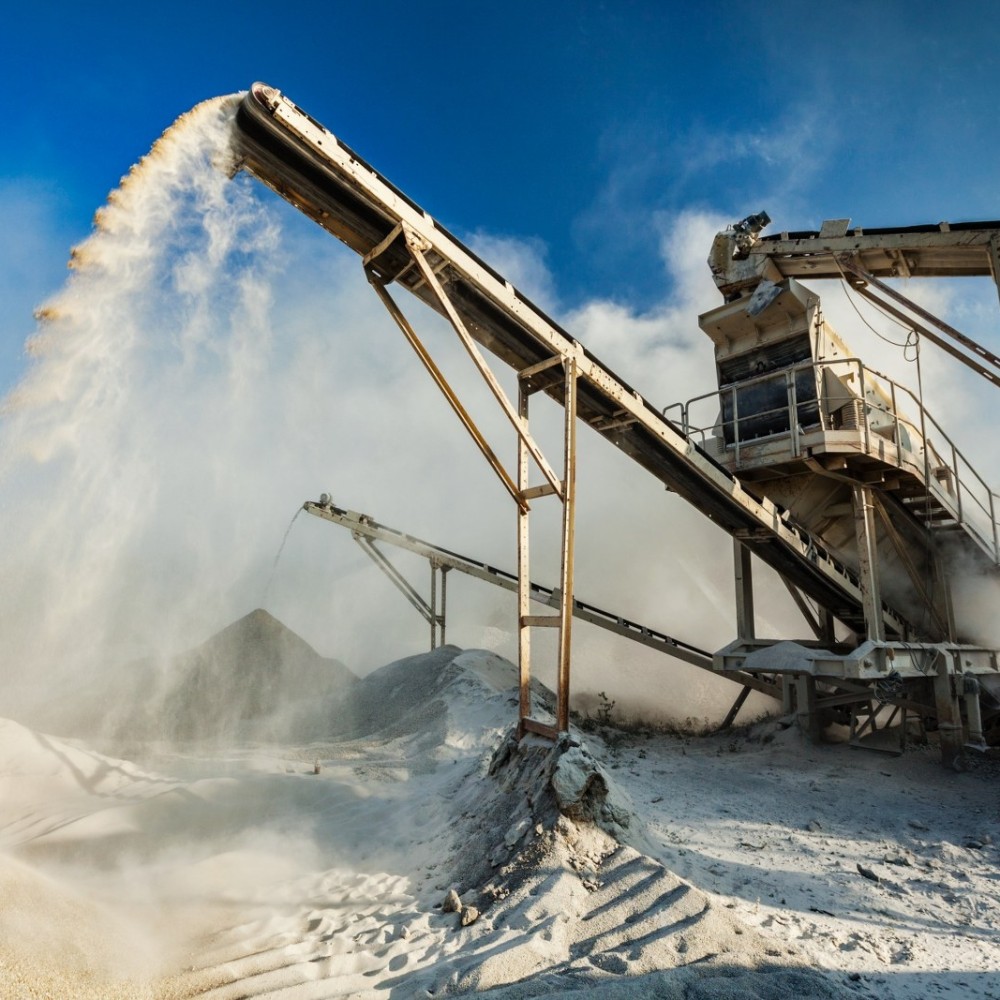
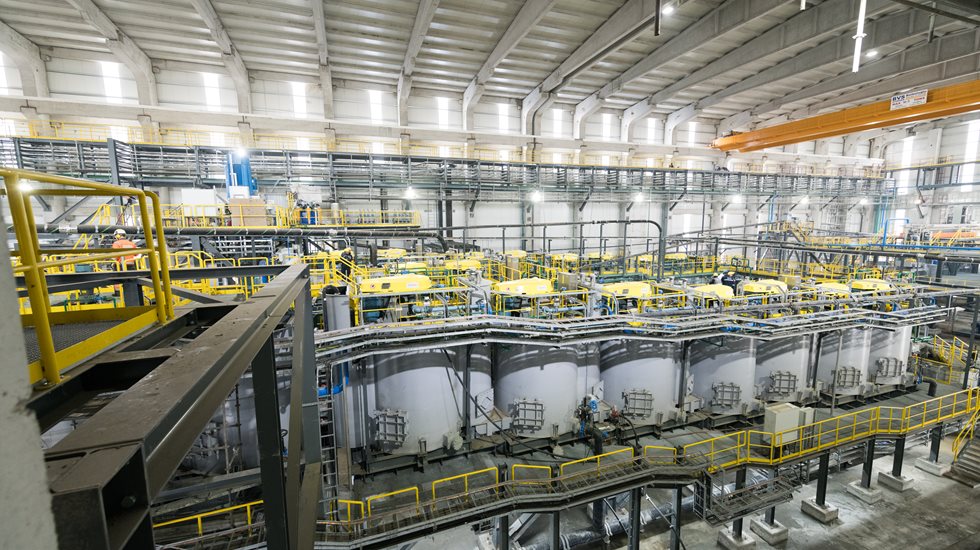
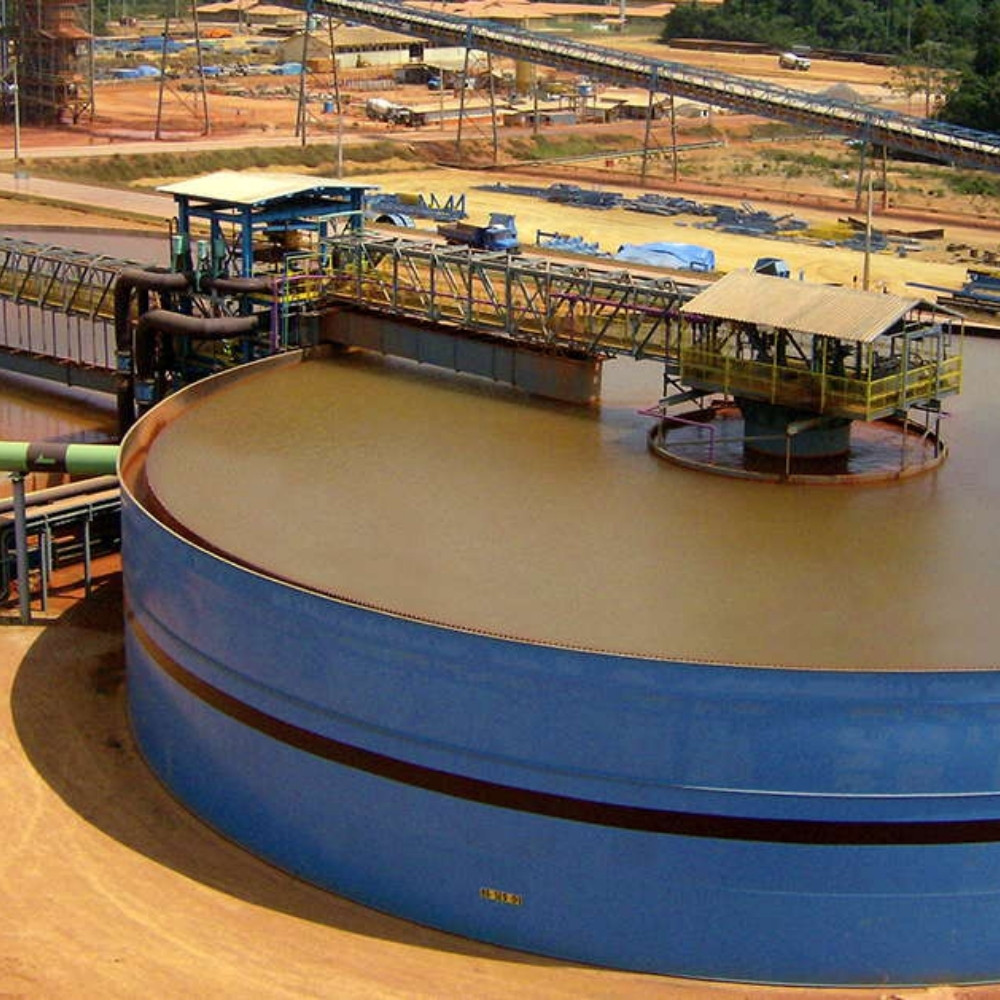
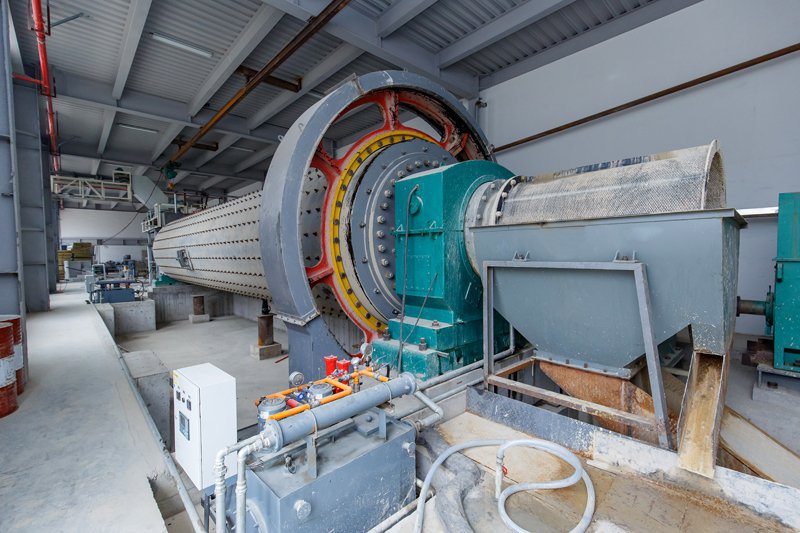
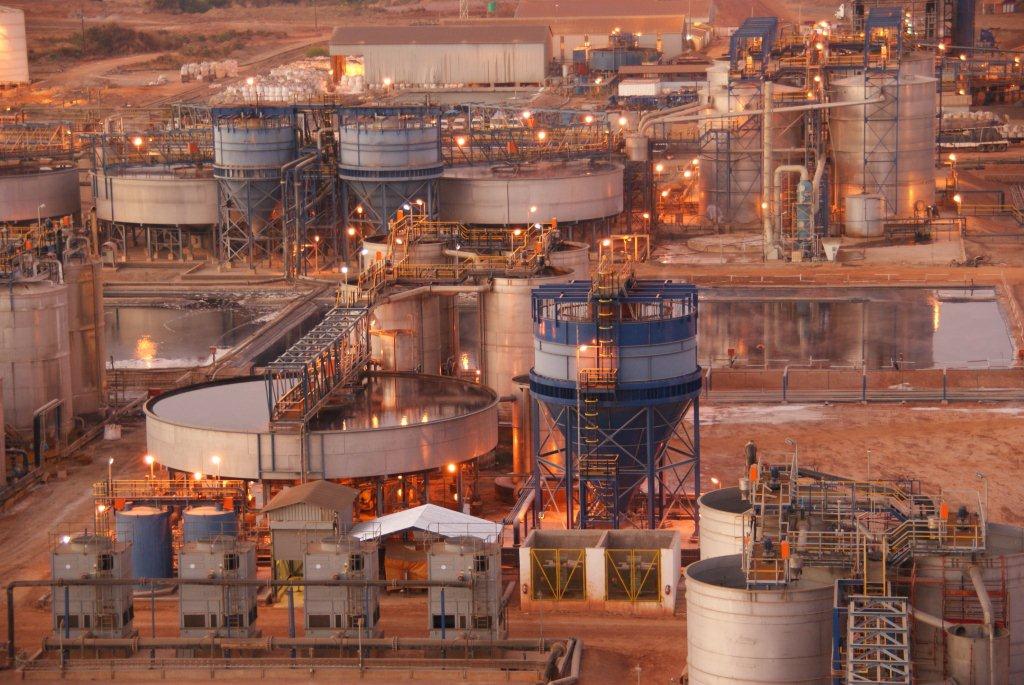
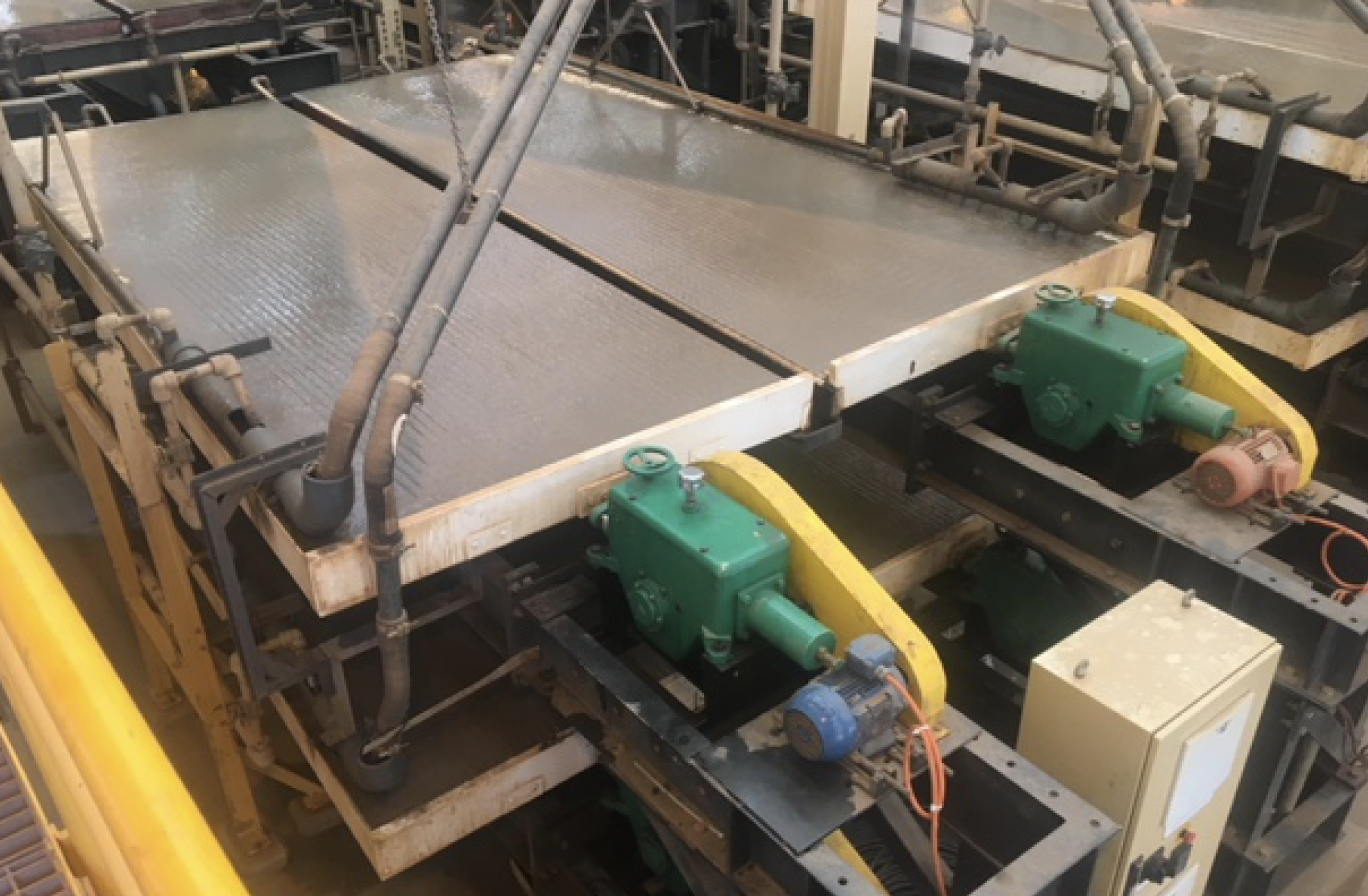
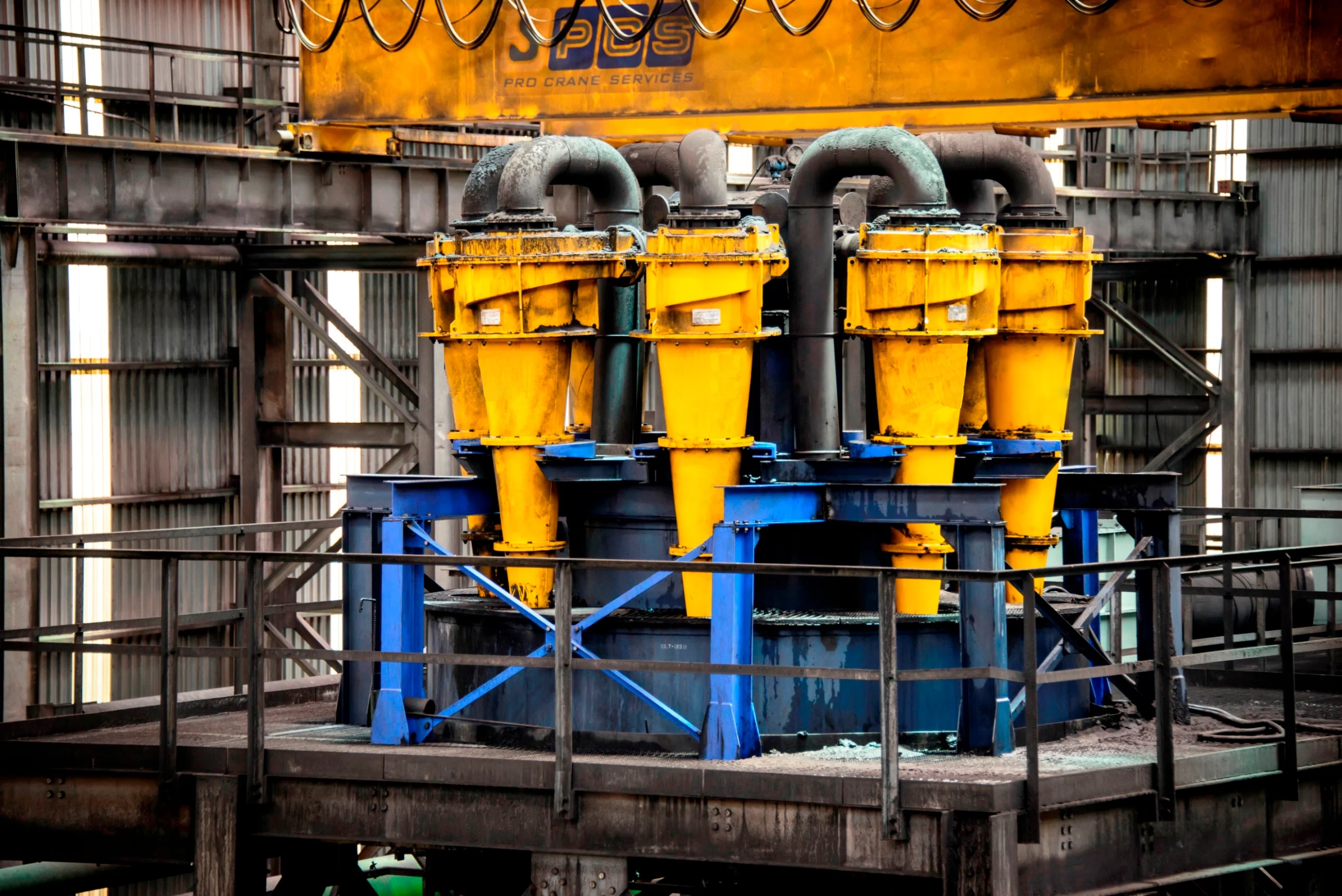
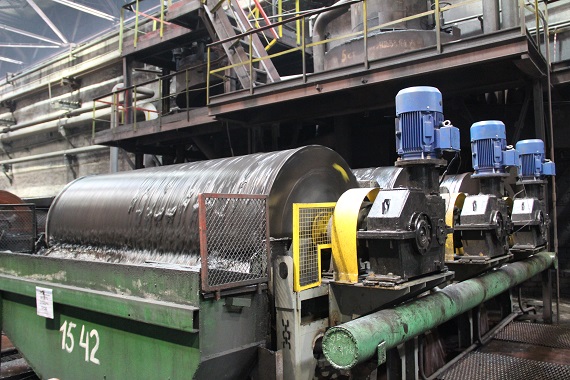
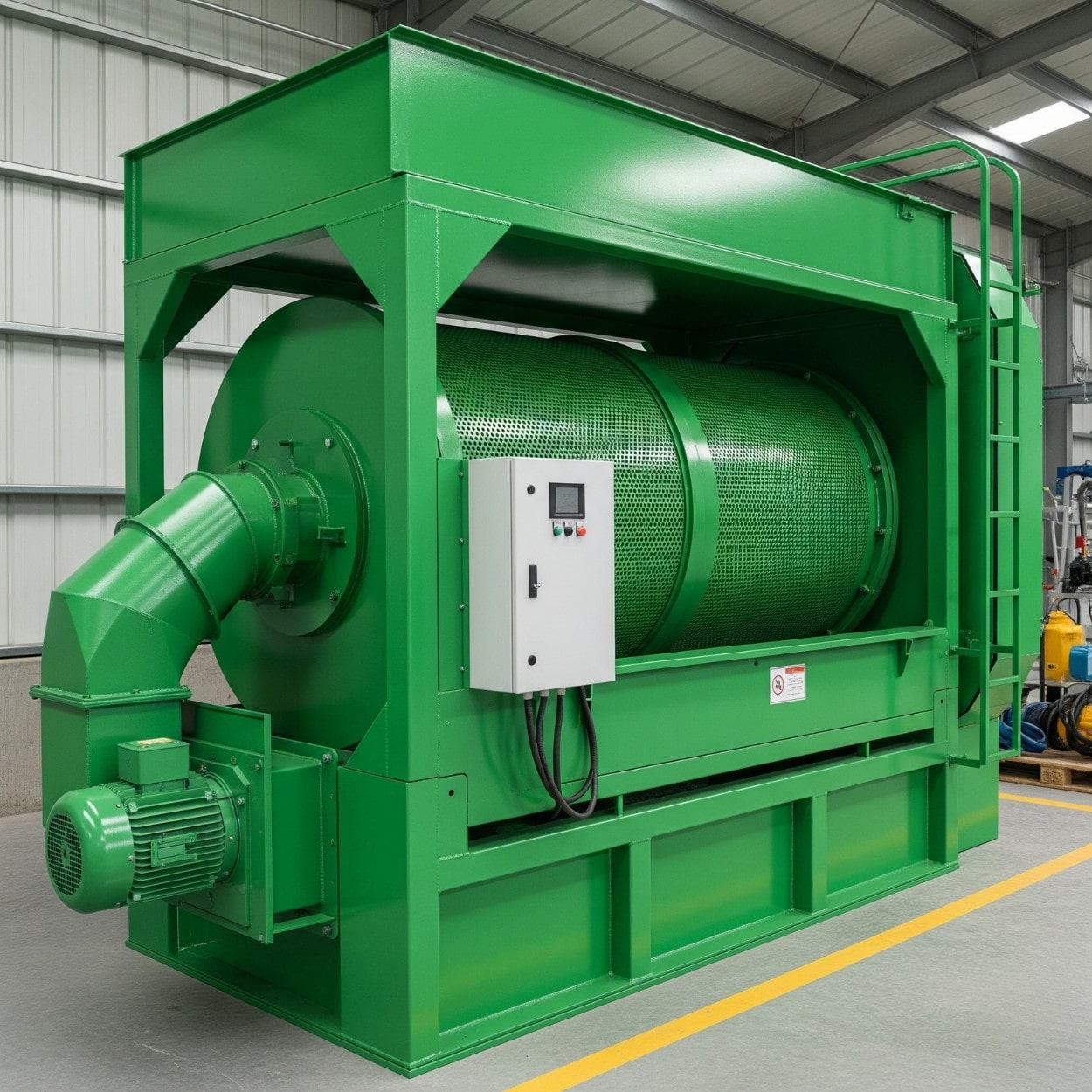
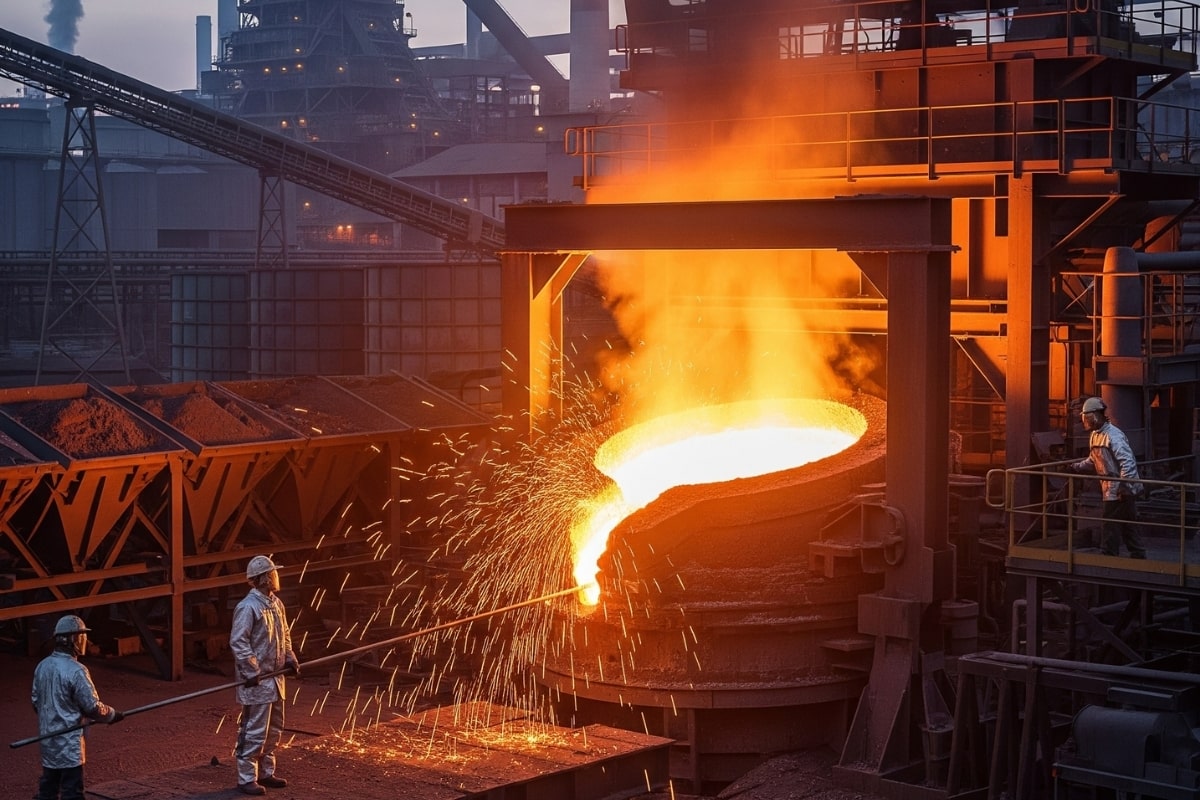
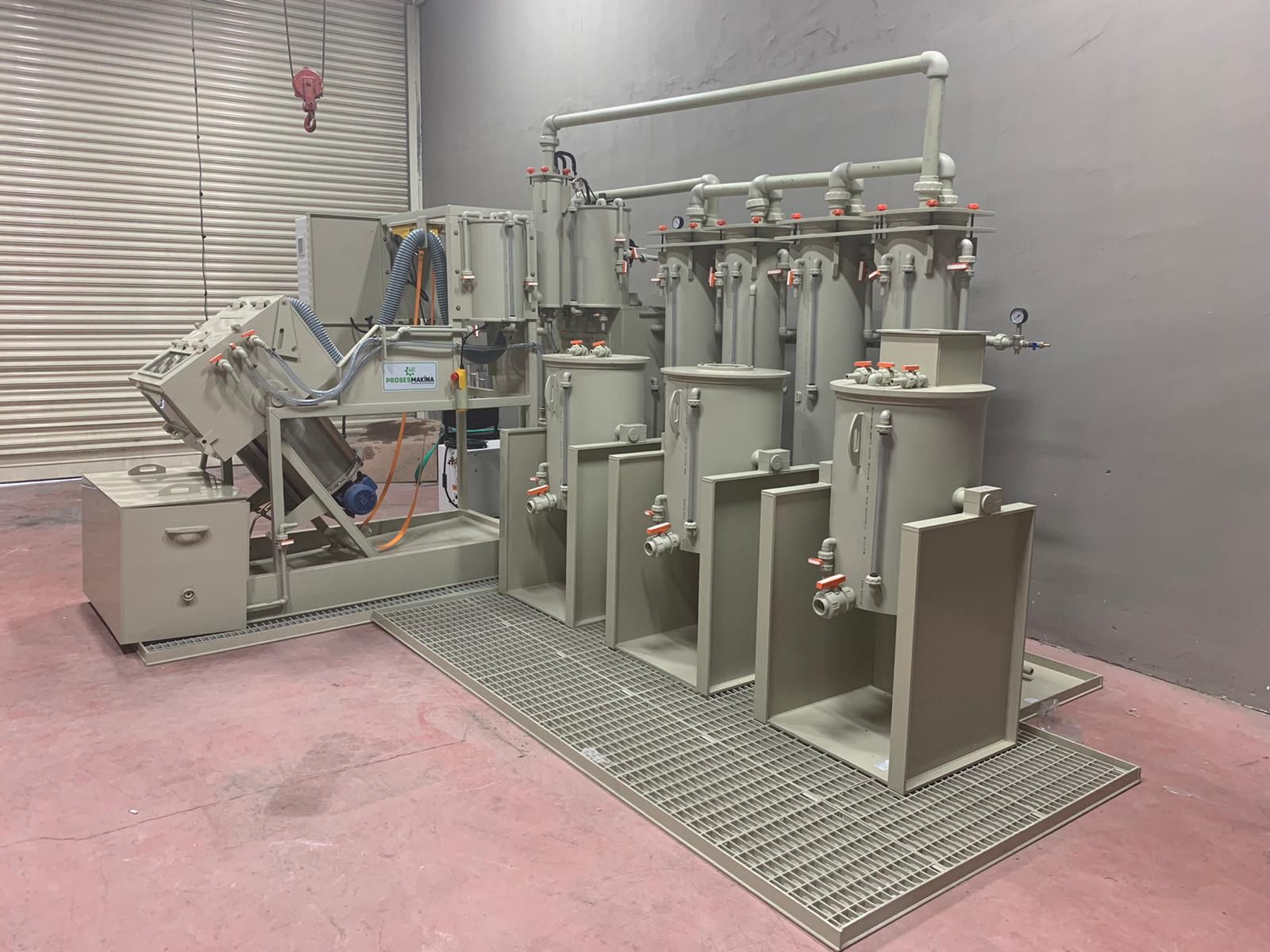
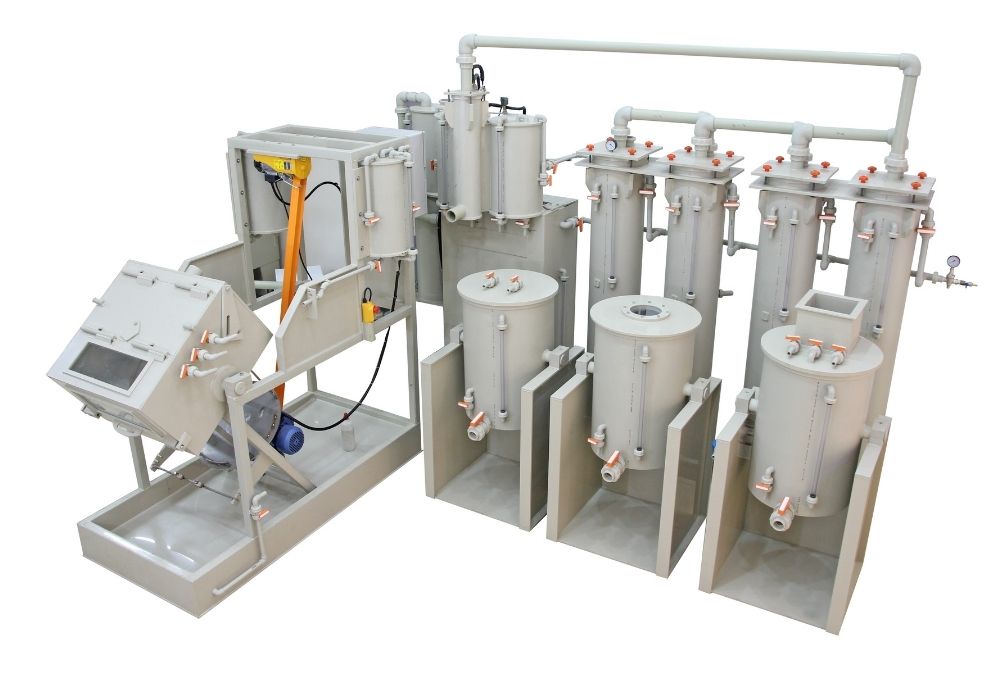
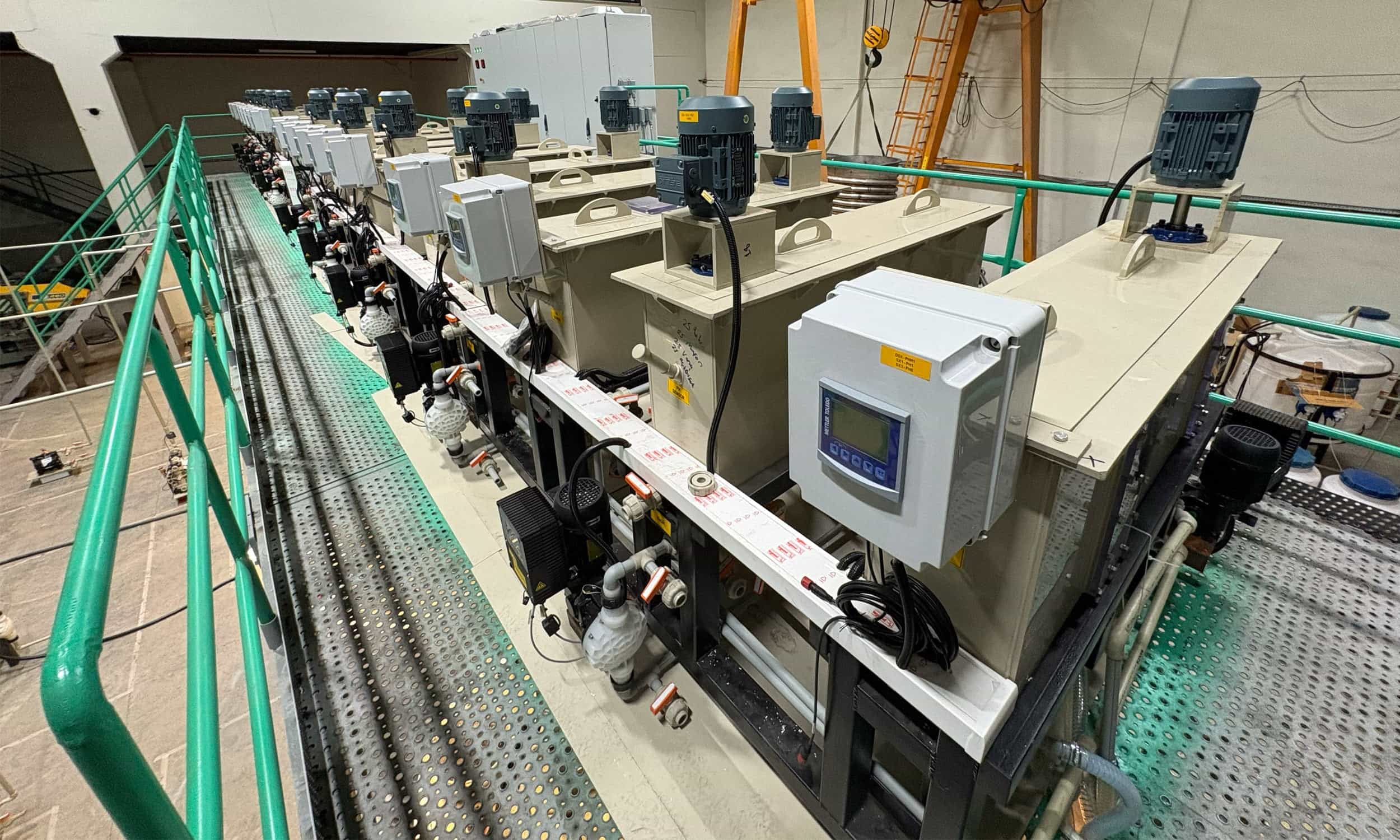
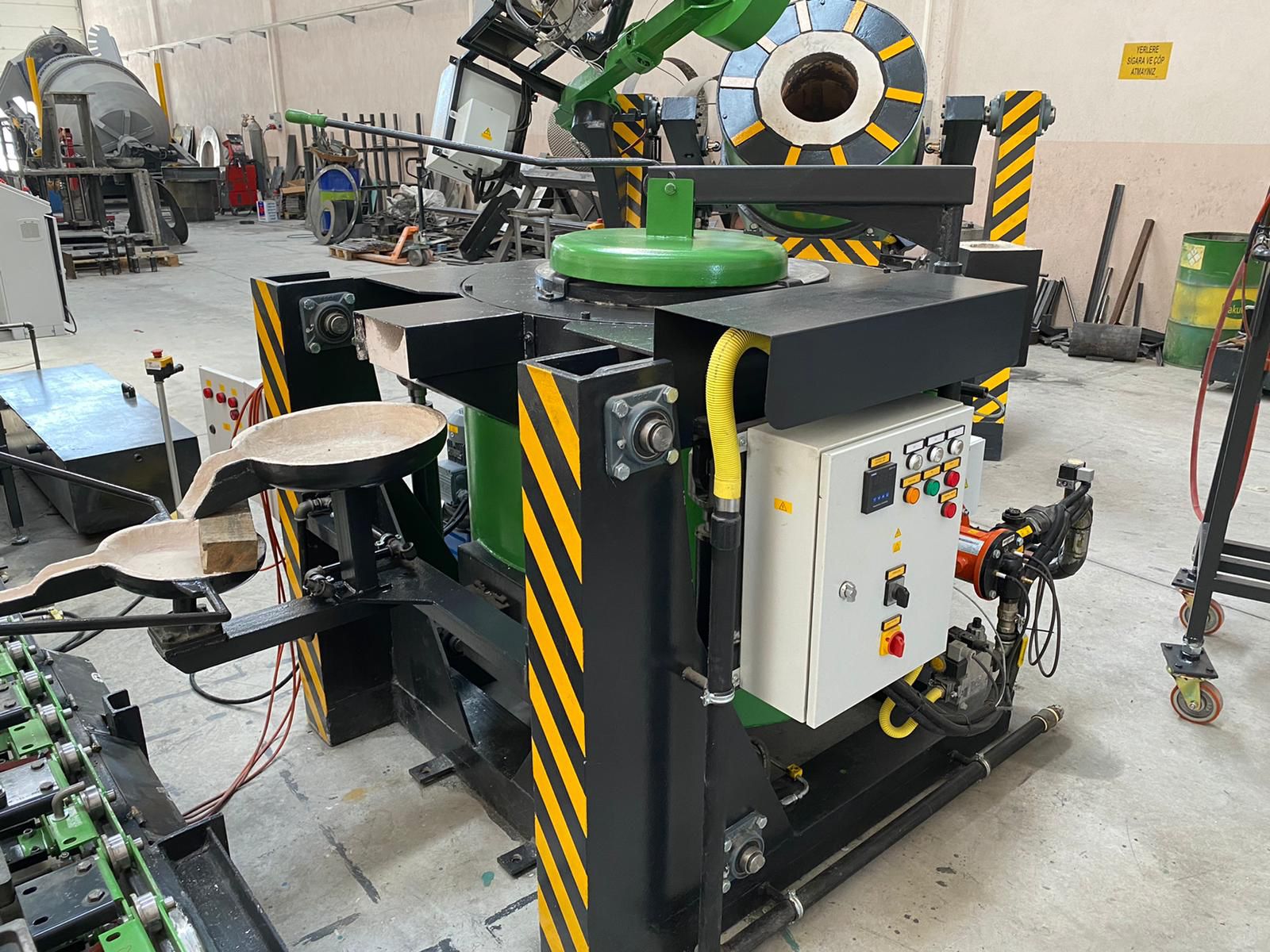
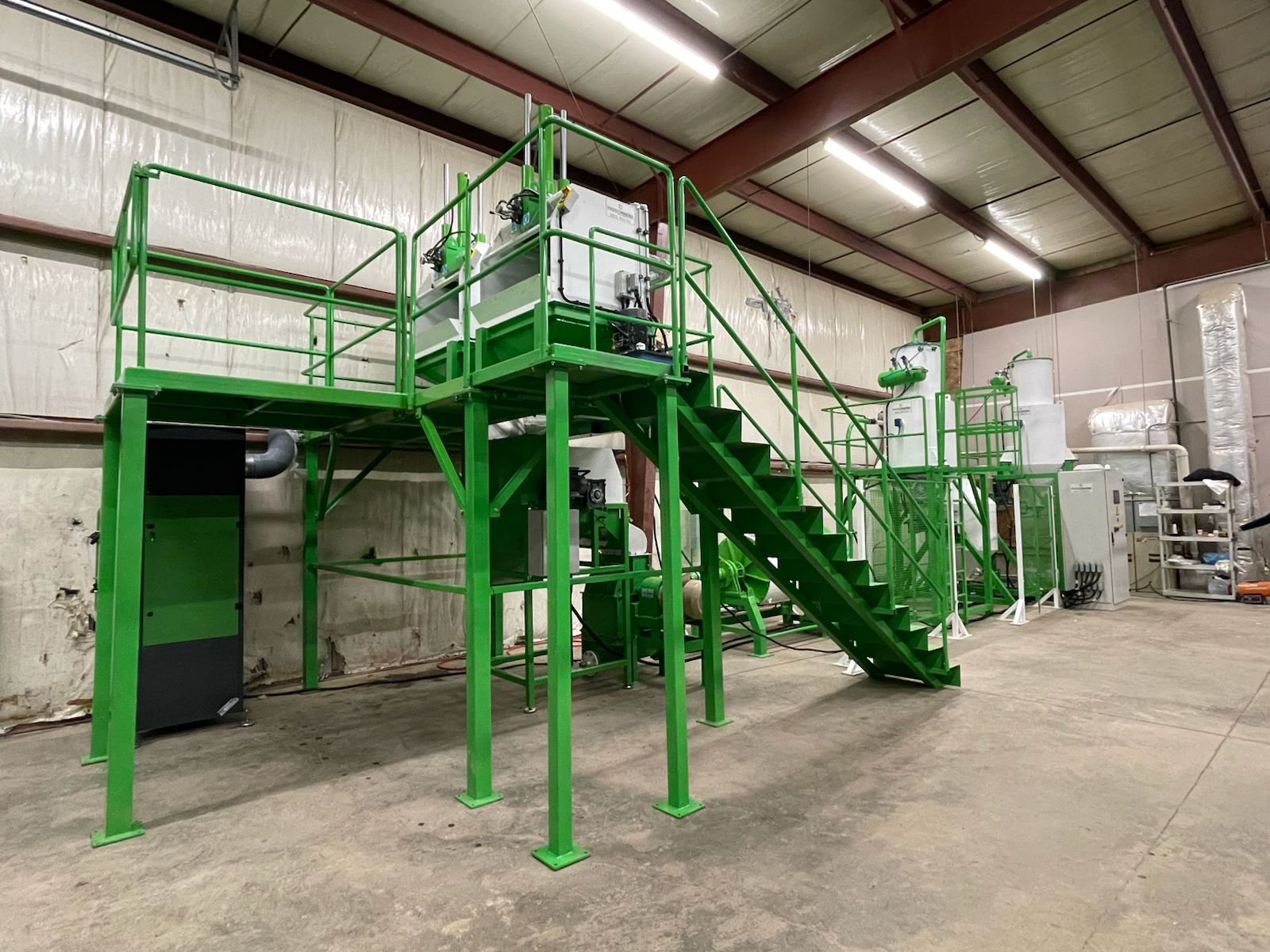
UNPARALLELED TEMPERATURE ACCURACY
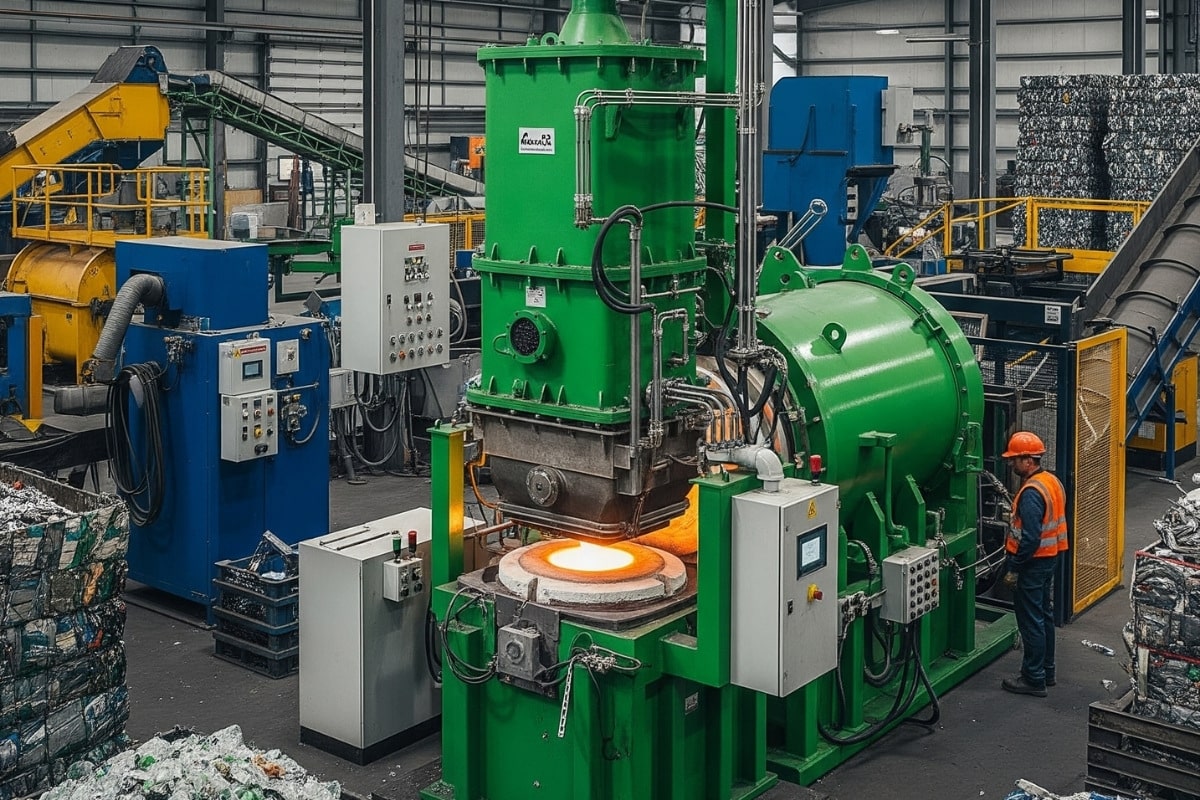
The Induction Furnace is an electric furnace that applies heat through the induction heating of metal. Using the principle of electromagnetic induction, the furnace delivers rapid and direct energy transfer to the material, enabling controlled and uniform melting across a wide range of metal types and batch sizes. These furnaces can be designed in various capacities and can be used to melt iron and steel, copper, aluminum, PGMs, and precious metals.
The Induction Furnace offers significant advantages over other melting technologies. It operates in a cleaner manner, provides higher energy efficiency, and allows for easier and more precise control of the melting process. Unlike electric arc furnaces or other conventional melting systems, induction furnaces do not require arc formation, combustion, or ignition. Since the process occurs without combustion, temperature control becomes much more manageable. This precise control enables operators to maintain optimal melting conditions, minimizing the loss of valuable alloying elements and ensuring higher quality in the final product.
Ideally suited for applications in metallurgy, casting, and recycling, the induction furnace system ensures minimal heat loss, high energy efficiency, and exceptional process repeatability. It allows for the use of different types of crucibles, including graphite, clagtaphite, silicon carbide, zirconia, etc. Automatic temperature control is managed through immersion thermocouples or optical pyrometers. The furnace also features an automatic turn-off function for both the furnace and cooling plant when not used for a certain period. Pouring operations in induction furnaces can be performed through manual crucible extraction, handwheel-assisted tilting, or fully automated hydraulic tilting systems.